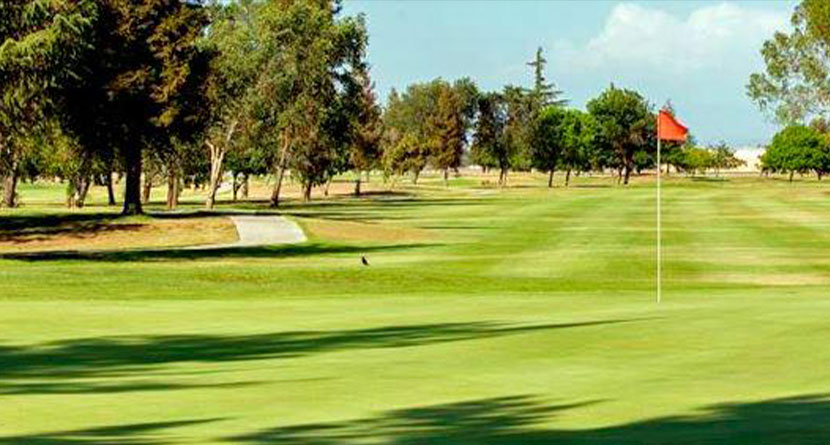The intersection of golf and politics in California has put approximately 177 of the state’s publicly owned golf facilities at risk of being converted into land for affordable housing.
Assembly Bill 672, titled “Publicly owned golf courses: conversion: affordable housing” and introduced by state representative Cristina Garcia, is intended to address the state’s homelessness and chronic housing shortage.
The bill aims to create a funding mechanism under the state’s Department of Housing and Community Development that would allow the local governments to build housing on land currently used for municipal golf.
Critics of the bill point to the probability of a real estate grab by a private developer at the cost of municipal golf “given the high cost of any housing development and the limited funds available even through state subsidy,” according to The First Call’s Bradley Klein.
Furthermore, defenders of golf in California are upset about golf being picked on in the realm of outdoor recreational activities.
Proposed California law targets municipal golf https://t.co/2wj1HyT9CL
— Bradley S. Klein (@BradleySKlein) January 12, 2022
“What’s really animating our effort is this bill challenges the legitimacy of golf to use public open space,” said Craig Kessler, chair of the California Alliance for Golf legislative committee. “That would amount to a legislative finding that golf doesn’t belong with walking trails, arboreta, soccer and other worthy outdoor public activities.”
- According to National Golf Foundation data for 2021, there are 819 golf facilities comprising 963 courses in the state.
- Municipal golf in California accounts for more than 20% of all courses, 45% of rounds played and perhaps most heartening, 90% of the state’s junior golf participation, according to Kessler.
- If AB672 is signed into law by the governor, it would put approximately 177 facilities (or 204 golf courses) at risk of getting converted to housing.
Another feather in the cap of the CGA is Kessler’s assertion that the majority of municipal courses in the state are located in or near densly populated urban areas, which not only helps bring the game to a more diverse crosssection of society, but also provides beneficial greenspace for “considerable ambient cooling, bird and mammal habitat, flood control capacity, pollinator space and carbon sequestration.”
My bill #AB672 passed Asm Housing & Local Govt Cmt today! 🎉 It will create a voluntary incentive for public agencies to consider municipal golf courses for affordable housing & open space.
This is about providing more tools to address housing issues and think outside the box. pic.twitter.com/jzdnyBDXJW
— Cristina Garcia (@AsmGarcia) January 13, 2022
However, last week AB672 passed through the state assembly’s Committee on Housing and Community Development and Committee on Local Government. Its next stop is the state’s Appropriations Committee, with a floor vote by the Assembly required by the end of January before it could land on the governor’s desk. —CC
Dig Deeper: Proposed California law targets municipal golf




